Search Results
Clinical Trials
Taking part in a clinical trial may be the best treatment choice for some acute lymphoblastic leukemia (ALL) patients. Clinical trials are under way for patients at every treatment stage and for patients in remission. Today's standard treatments for cancer are based on earlier clinical trials. The Leukemia & Lymphoma Society continues to invest funds in ALL research.
Click here to read more about clinical trials.
Clinical Trials
When it comes to finding the right treatment for your child's cancer, a clinical trial may be an option. Your child will have access to new or improved therapies under study and not yet on the market. Discuss with your child's doctor the possibility of participating in a clinical trial, where treatment is administered in a safe, closely monitored environment.
Click here to read more about clinical trials.
Side Effects
Cancer therapy for hairy cell leukemia can sometimes produce side effects. For most patients, treatment side effects are temporary and go away once therapy ends. For other patients, side effects can be more severe, sometimes requiring hospitalization.
Before you undergo treatment, talk with your doctor about potential side effects. Drugs and other therapies can prevent or manage many side effects.
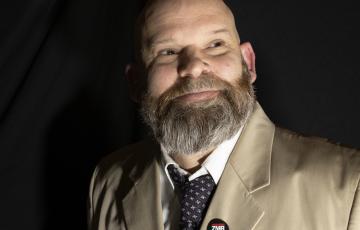
Todd
This cause is dear to me because my grandmother, Anne Zavorskas, passed away several years ago from Hodgkin’s disease--a form of leukemia. Also, many years ago, my mentor’s son, Ryan Hurley, had a recurrence of leukemia, which he was first diagnosed with at the age of three. He died at the age of 19. Unfortunately, leukemia at the time caused more deaths than any other cancer in children under the age of 20. These instances led me to my desire to donate time and money to this particular charity. I have volunteered my time and fundraising expertise ever since.
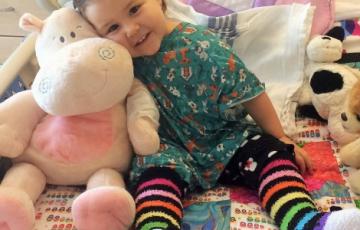
Lyra
Lyra is a confident three year old who spreads joy wherever she goes! She loves to sing, dance, draw, snuggle while reading stories and is rarely seen in anything but a princess dress. If you happen to pass Lyra at the store, she will most certainly ask you your name and probably tell you all about her favorite my little pony or what she ate for breakfast.
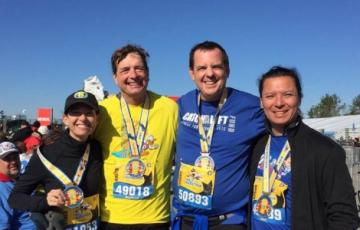
Douglas
My story begins almost 24 years ago in 1996, when I was diagnosed with cancer, chronic lymphocytic leukemia (CLL). Back then, there was no cure for CLL except for a bone marrow transplant (BMT), but that procedure only had a survival rate of 50%, not very attractive odds. My prognosis was I had anywhere from six to 15 years without a BMT.
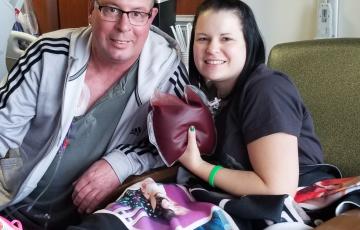
Don
In January of 2016, my dad was diagnosed with stage 4 non-Hodgkin lymphoma (NHL). He was unresponsive to treatment. He went into remission, but it quickly came back. The clinic said they couldn’t do anything more, so he was referred to the University of Minnesota for a clinical trial. The treatment included me, as his daughter, donating my T-cells. The clinical trial was helpful but didn’t get the results he needed, and cancer came back.
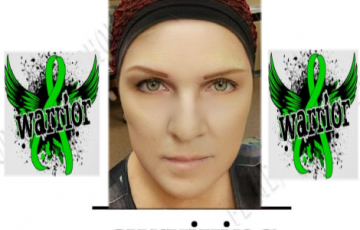
Nancy
Being a lymphoma survivor means that you have lived through something very challenging. There is no doubt that cancer is one of the most challenging diseases. The treatments for this disease are very intense physically, mentally, and emotionally. As a retired oncology registered nurse, I saw the pain and desperation in the eyes and lives of my patients and their families. Never imagined that I was to become a cancer patient myself.
Stem Cell Transplantation
For some patients who are in remission and can tolerate intensive chemotherapy, the doctor may recommend stem cell transplantation during the consolidation phase of chemotherapy.
Diagnosis
Diagnosing juvenile myelomonocytic leukemia (JMML) usually involves ruling out other similar diseases such as chronic myelomonocytic leukemia and chronic myeloid leukemia, especially if your child is older than 6 years. Doctors commonly use blood tests and bone marrow tests to diagnose JMML.
The tests used to diagnose JMML include:
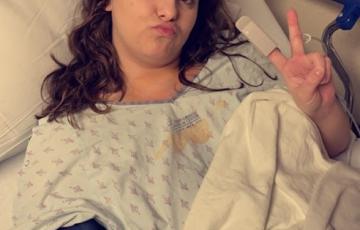
Carly
November 25, 2022 ― the worst day of my life, the day I received my official cancer diagnosis, stage IV Hodgkin lymphoma (HL).
Leading up to this day, I was always a healthy, active young lady. I was 23 years old and eager to start this next phase in life. Exciting things were happening. We were fairly new homeowners, I had just changed jobs/occupations, and I married the love of my life in October.
Chronic Lymphocytic Leukemia
Chronic lymphocytic leukemia (CLL)- Is a type of blood cancer that begins in the bone marrow
- Can progress either slowly or quickly depending on the form it takes
Click here to access CLL statistics.
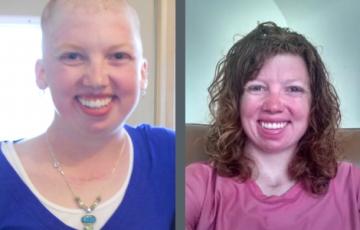
Nicole
It all started back in early January 2013. I went to the local clinic in town because I was having pain in my upper left chest. Being young, I wasn't too concerned about it being a heart problem and left the clinic with the diagnosis of torn cartridge. The doctor said it would heal and I should take ibuprofen to ease the pain.
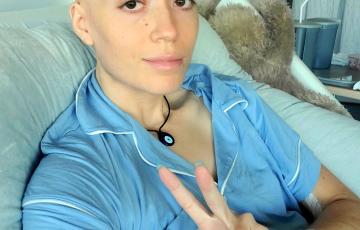
Josie
I was diagnosed with acute myeloid leukemia (AML) in July 2024 at age 28.
I was working at a veterinary clinic when I started noticing splotches appearing on my skin. I thought it was maybe a case of ringworm I had contracted from one of the animal patients. I was also losing weight and suffering from intense dizzy spells daily.
I ignored the signs my body was giving me until it was almost too late. I felt very sick, and my gums were swelling. I went to Urgent Care where they diagnosed me with COVID-19 and sent me home with some cough drops and a nasal spray.
Signs and Symptoms
Signs and symptoms are changes in the body that may indicate disease. A sign is a change that the doctor sees during an examination or on a laboratory test result. A symptom is a change that a patient can see and/or feel. A person who has signs or symptoms that suggest the possibility of leukemia is usually referred to a specialist. This is a hematologist-oncologist. A hematologist-oncologist is a doctor who has special training in diagnosing and treating blood cancers such as leukemia, lymphoma and myeloma.

Will
In April 2021, as I was just starting to emerge from the COVID-19 pandemic, I started to feel unwell. I was suddenly very tired and could not finish a soccer match. My family and I decided to reach out to our family doctor and look into my fatigue; we were not worried at all. We attributed my symptoms to adolescence and growth, and so did our doctor at first.
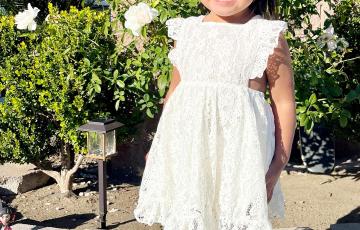
Nevaeh
Nevaeh was diagnosed with acute myeloid leukemia (AML+MLLr)+CNS chloromas on February 2, 2022, at 12 months old. Nevaeh first showed symptoms of high fevers, no appetite, and little to no energy. After a trip to the ER, a few tests, and x-rays, I was told Nevaeh had COVID and pneumonia. She was discharged with instructions to go back if her symptoms worsened. The following morning, Nevaeh’s health was declining. I called 911, and she was rushed to the ER and admitted to the pediatric unit.

Sonia
In an instant, my life changed. “You have chronic lymphocytic leukemia (CLL). There is no cure but patients can live for several years.” These were the words I received a few years ago at the age of 39 with three small children. I have been on an educational journey of self-discovery, cancer research, and patient advocacy ever since.
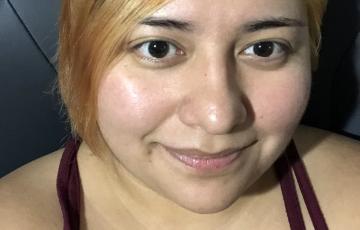
Brenda
Hello, my name is Brenda. I am 26 years old and have been in remission for three years now. Back in the very beginning of 2015, I started getting sick. I had been working in a daycare for a few months, so I just figured it was a cold. I didn’t get better. I eventually reached the point where I couldn’t breathe, and I was burning up, so I was taken to the hospital. That was the morning I will never forget. I was diagnosed with acute myeloid leukemia (AML). Getting the news that you have cancer isn’t an easy thing to believe. At first, you’re skeptical.
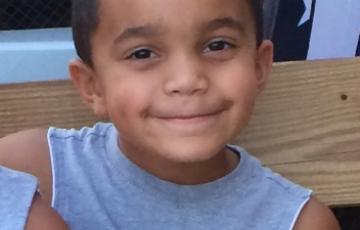
Eli
March 16, 2013. I will never forget the moment I first saw the bump. We went to the pediatrician that afternoon. Our doctor looked at Eli and said “Don’t worry. This is not cancer.” A month later we were in for a checkup and a doctor suggested that we should have Riley Hospital take a look. We got into Riley in May and they told us that we would need to do a MRI. I will never forget how we heard over and over “these things are rarely cancer.” After MRI’s and ultrasounds they decided to remove it. This was August -- six months after I had first brought it to their attention.
Printable Financial Worksheets
The worksheets below may help when you are thinking about the many financial concerns that come up after you have received a diagnosis of a blood cancer.
Use these worksheets to keep track of questions to ask your healthcare and financial team members. Staying organized helps decrease many financial stressors and allows you to focus on feeling better.
How to Find a Treatment Center
A number of resources are available to help you find a treatment center. Your primary care doctor may be able to provide a referral or you can use doctor and insurance referral services.
The National Cancer Institute (NCI) supports a national network of cancer centers. Each center must meet specific scientific, organizational and administrative criteria. See a list of NCI-approved cancer centers.
The following organizations can also help:
James
I am a cancer survivor and my story starts in the summer of 1999. On June 9, an MRI revealed a tumor the size of a golf ball in my brain. A biopsy showed it to be a primary central nervous system non-Hodgkin lymphoma. I remember this date vividly because it was my wife’s birthday and she had to break the news to me. This marked the beginning of our journey.
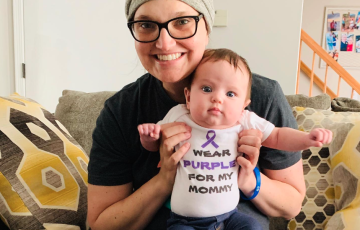
Lisa
On February 3, 2020, my life changed forever. My husband and I welcomed our first child, a baby girl named Quinn. But, three weeks after she was born, I started to not feel the best.
On Friday, March 13, 2020, the day of the COVID-19 shutdown, my life changed forever again. After two weeks of having fevers and night sweats and being tested for everything but cancer, I went in for scans. Two hours after I had my scans, I got the call that nobody wanted to hear. I had cancer.

Katie
I want to share my blood cancer journey. It all started back in October 2019 when I was at Gonzaga University. I started to experience the symptoms that I’m sure we’re all far too familiar with ― stomach pain, digestive problems, nausea, chest pain, and fatigue, all of which I was dealing with in addition to 20+ hours a week of tennis practice and a 15-credit class load.